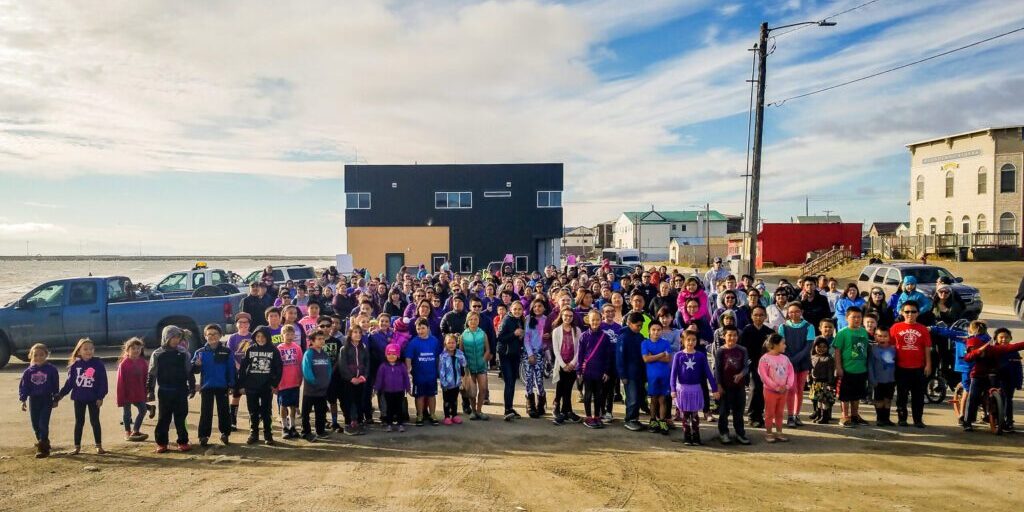Today, May 5th, is recognized as the National Day of Awareness for Missing and Murdered Indigenous Women and Girls.
In recent years, activists and Native groups have marked this day with public art projects and marches. Since health mandates make many of those impossible right now, Anna “Aquuluk” Ashenfelter of Kawerak Wellness is encouraging people to post pictures on social media.
“We are encouraging people to wear red and show support and raise awareness.”
Ashenfelter, who is Inupiaq, encourages people to get educated and wear red. They’ve been sharing information from groups like Native Movement and Native People’s Action.
The color red brings visibility to what has often been an invisible issue. Hashtags like #nomorestolensisters and #MMIWG are used across social media platforms to show solidarity with those directly affected.
Alaska Native and American Indian women are more likely to experience violence than any other demographic in the United States. Historically, there has been a lack of data on the issue and there isn’t a federal database to specifically track missing and murdered Native women.
Alaska ranks fourth in states most likely for Native women to be murdered or go missing. And while, violence is an issue many women face, Pangaanga Pungowiyi (Pangaanga Pangawyi) of Nome believes it’s important to recognize Indigenous women as those at the highest risk.
If we reduce the risk of the highest risk, then everybody’s else risk also decreases. It’s not to exclude anyone else, it’s to uplift everyone.”
Pungowiyi, who is St. Lawrence Island Yup’ik, does note that people may notice Kawerak and other organizations using ‘womxn’ in their announcements for the event.
“That’s to be inclusive of non- cisgendered women as well as cisgendered women.”
– Pangaanga Pungowiyi
The White House has begun to address the epidemic of violence against Indigenous women and girls. Last autumn, the Department of the Interior came to Nome and urged Bering Strait residents to enter the names of any missing community members into NaMUS, the federal database for all missing and unidentified individuals.
Tuesday was supposed to be the start of a three-day long conference in Nome on domestic violence and sexual assault. It would have gathered service providers, first responders, and community members from around the region, but COVID-19 concerns postponed that event. The Native Village of Solomon had also planned a march down Nome’s Front Street for the occasion.
Image at top: During a time before the coronavirus pandemic, Nome residents gathered in support of missing Kotzebue girl Ashley Johnson-Barr. They wore purple on that day instead of the usual color of red. Photo: Emily Hofstaedter, KNOM (2018).




